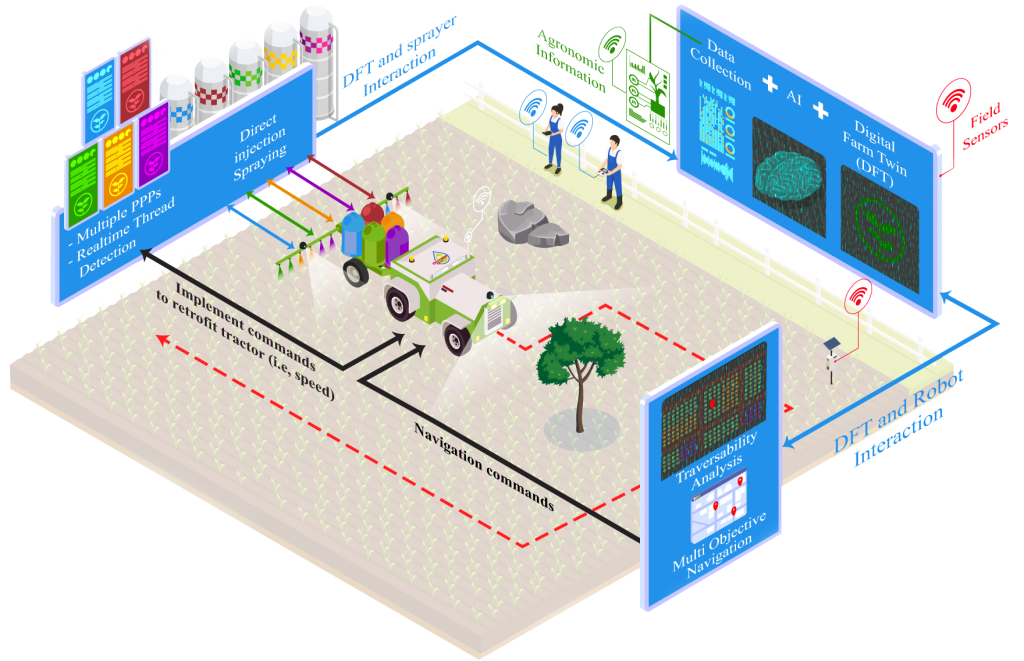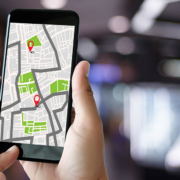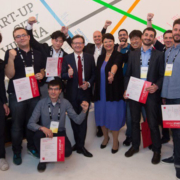
Introduction
As the adoption of Internet of Things (IoT) services and application increases, their complexity, and system requirements must increase along with it. Researchers at VizLore Labs and the University of Novi Sad have come up with a framework which they call “BLEMAT” that they believe with significantly diminish the human effort required to prop up these growing IoT systems. BLEMAT is a space-agnostic indoor positioning system, that aims to detect floor plan layouts of the operational context of the system. Based on the results that exist in the full research paper here, researchers believe that BLEMAT provides a solid basis for deployment of high-performance location-aware IoT services and applications.
Problems with Positioning Systems
Complexity, speed, and accuracy are three hurdles that IoT devices and applications that rely on positioning systems have to overcome in order to scale to desired levels. Indoor positioning systems (IPS) do not have a robust solution like outdoor positioning, which relies on a global navigation satellite system (GNSS). IPS must use less robust solutions such as video surveillance and wireless radio technologies (e.g. WifI and Bluetooth) to detect proximity, track the position, and movement of objects. IPS built on radio technologies present a less accurate, but also an inexpensive solution for tracking objects. If a use-case requires only the information about whether an object is in close proximity to a deployed Bluetooth beacon or a Wireless access point, IPS can be implemented effortlessly and will present with satisfactory results. On the other hand, real-time IPS is a real-world industrial requirement. Such systems must employ complex measurement filtering algorithms, machine learning, and context-informed decision making.
As an example, we’re going to explore the use case of IoT devices in tracking customer attention while visiting a retail location called Store X. In this scenario, the customer will use an app on their mobile devices while shopping at Store X. On the consumer side, this app will hold customer shopping lists, payment information, and provide notifications with coupons and sales. On the apps retail side, Store X will have Bluetooth Beacons installed on every aisle of the store. If a consumer passes an isle, the app will notify him about the deals and coupons for that aisle. This use case, would, however, present with poor results if real-time consumer tracking was a requirement, as there is only consumer proximity information involved.
Existing IoT positioning systems deployment infrastructures lack the accuracy, update speed, and overall capability to track these customers in real time around the store. At the current state of IoT node positioning technology, this use case is hard to implement efficiently.
BLEMAT Proposed Solutions
Researches at VizLore Labs and Novi Sad University introduce BLEMAT as a proposed approach to solving the problems detailed in the efficient scalability of IoT devices and applications. BLEMAT is identified by researchers as a “highly autonomous distributed fog computing IPS offering auto-discovery and onboarding of new devices.” Since the BLEMAT approach reduces the need for video surveillance and a digital representation of a floor plan, it creates a pathway to speeding up the onboarding of new smart space devices. By employing a set of filtering methods and relying on gateway infrastructures, BLEMAT nodes adapt to the constant changes in these systems, drastically improving the overall efficiency and accuracy of object positioning.
BLEMAT beacons rely on the deployment of “fog computing gateways” that come in the form of scanners. The beacons are devices being tracked within the scanners system. These scanners have the capability of scanning the indoor environment for active beacons and calculating their position in space using trilateration and with the help of machine learning. These BLEMAT beacons are mobile and constantly emitting Bluetooth signal. A requirement for BLEMATis to have constant access to the systems operational context. This operational context should include the flow of people, mobile and static obstacles, other signal sources that cause signal distortion, failure of devices, etc. In real time, as the context changes, the models, approximations and IPS workflows will be updated accordingly.
Revolutionarily, BLEMAT uses real-time and online machine learning in replace of the traditional offline and manual fingerprinting approach for building signal propagation maps. By utilizing machine learning, BLEMAT offers the approach to physical space modeling through the estimation of floor plan layouts. In turn what is created is a significant advancement in building context-aware, space agnostic, distributed and autonomous indoor positioning systems.
Conclusion
This article is a condensed version of research findings detailed in the full paper “BLEMAT- Context Modeling and Machine Learning for Indoor Positioning Systems”. Researchers at Novi Sad University and VizLore Labs have published their complete research results in an academic journal here: Link to Complete Paper. Complete credit for this condensed summary of the paper goes to researchers at VizLore Labs and Novi Sad University. If the reader interested in learning more, questions explored in the full research paper are as followed:
- How does BLEMAT`s deployment infrastructure differ from that of a traditional IPS?
- How does BLEMAT approach real-time context modeling and online fingerprinting?
- How does BLEMAT offer detection of floor plan layouts?



















